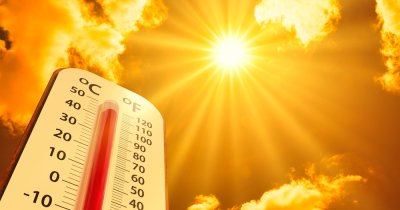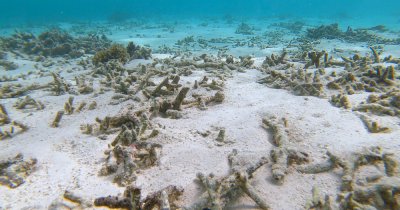According to a new study, the world's alpine glaciers may hold less water than previously thought, suggesting that freshwater supplies could peak sooner than anticipated for millions of people around the world who depend on melting glaciers for drinking water, crop irrigation and daily use, reports The New York Times.
The latest findings are based on satellite images taken in 2017 and 2018. They imply that additional global warming could cause today's ice to disappear in many places in a shorter time frame than previously thought.
In the tropical Andes, for example, the study estimated that glacier volume is 27% lower than the scientific consensus a few years ago. In parts of Russia and northern Asia, glacier volume was 35% lower.
Globally, the study found 11 percent less ice in glaciers than previously estimated. However, in the high mountains of Asia, the study found 37% more ice, and in Patagonia and the central Andes, 10% more. Melting glaciers are threatening livelihoods and reshaping landscapes in North America, Europe, New Zealand and many other places.
High-resolution satellite imagery has allowed Dr Millan and his colleagues to capture fine variations in glacier thickness, such as narrow indentations in the ground beneath. They were able to map small ice caps in South America, Europe and New Zealand that had never been mapped before.
In the upper Indus basin of the Himalayas, which stretches between Afghanistan, China, India and Pakistan, glacier melt accounts for almost half of river flows. However, logistical and political challenges mean scientists can only monitor a small fraction of Himalayan glaciers, said Anjal Prakash, a water expert at the Indian School of Business in Hyderabad, who did not work on the new study.
"It's a data-deficient region," Dr Prakash said. "Countries are not cooperating. They don't exchange information with each other."
With 1.5 billion people benefiting from water and other resources in the Himalayas, while also facing increasing risks of severe flooding, the region is "just waiting for a disaster to happen," Dr Prakash said.
In some ways, scientists understand less about some of the glaciers that are settling over the world's mountains than they do about much larger ice caps in Greenland and Antarctica, said Mathieu Morlighem, an earth science researcher at Dartmouth College who worked on the new study.
Only a few thousand glaciers around the world have been measured in situ. In places like North America, calmer climates mean more water pockets in glaciers, which can thwart radar measurements. Compared to giant ice caps, where fast-moving ice has smoothed out the underlying bedrock over time, the terrain beneath mountain glaciers can be "so complex," Dr Morlighem said, making it more difficult to measure their size.
 Florin Cașotă
Florin Cașotă












Any thoughts?